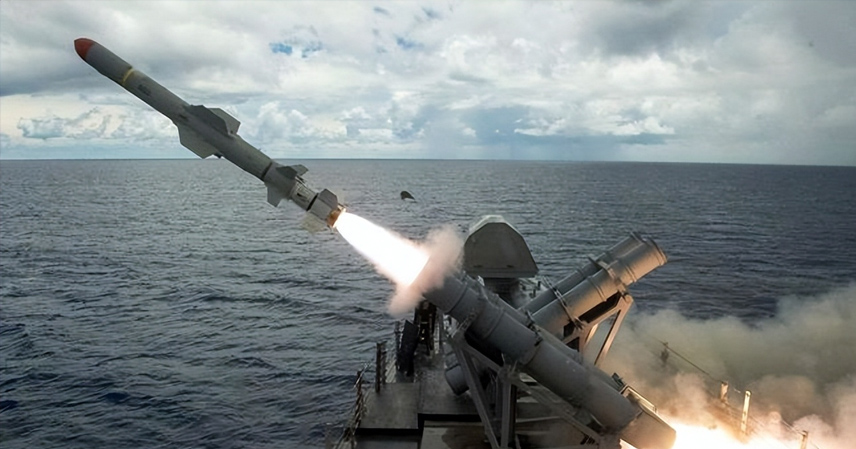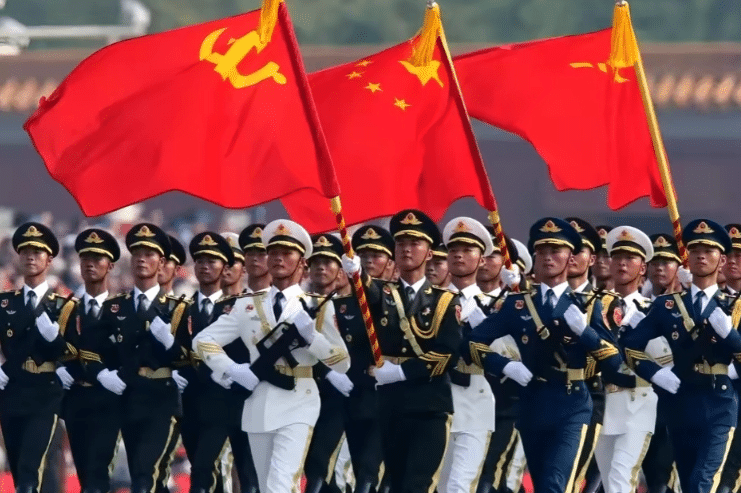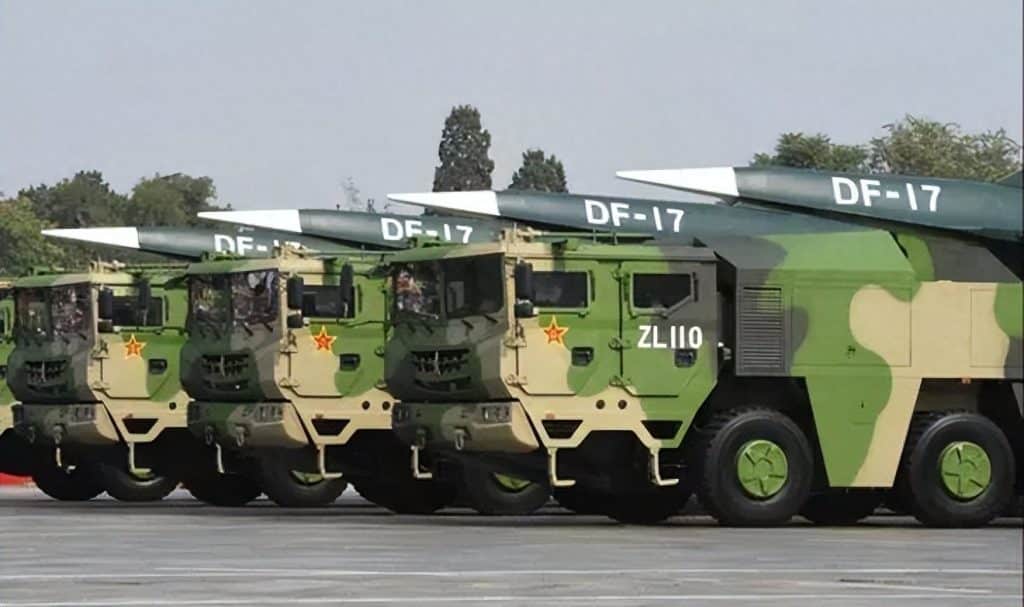In October 2025, reports of a $3 billion defense deal drew global attention as Saudi Arabia was rumored to order 50 Chinese CH-7 stealth unmanned bombers. If confirmed, the deal would set a record for Chinese high-end drone exports and signal a notable shift in the Middle Eastern defense market. Observers have speculated that the purchase is driven by regional military competition, though the Chinese manufacturer later clarified that the CH-7 is still under development and any delivery would likely take place in 2026 or later, rendering the “confirmed order” claims premature.
Despite uncertainties, the buzz underscores China’s growing presence in the global high-end defense sector, highlights the region’s complex security landscape, and raises questions about the export prospects of China’s advanced stealth platforms.
The CH-7 Drone and Its Strategic Appeal
Central to the discussions is the CH-7 unmanned aerial vehicle (UAV), a high-end stealth platform developed by China Aerospace Science and Technology Corporation. According to circulating reports, Saudi Arabia intended to acquire 50 units for $3 billion, aiming to strengthen its precision strike and air penetration capabilities in a volatile region.
The CH-7 adopts a flying-wing configuration, prompting analysts to liken it to a “miniature B-21.” It reportedly has a maximum takeoff weight of 8 tons, a service ceiling of 16,000 meters, and an endurance of up to 16 hours. Its top speed is estimated at 920 kilometers per hour. Particularly noteworthy is its radar cross-section, said to be below 0.001 square meters, paired with an internal weapons bay capable of carrying one ton of ordnance. These features suggest a strong capability for low-observable penetration and precision strikes—capabilities that could be highly appealing to Saudi defense planners navigating a complex regional security environment.
However, questions remain about the feasibility of such a deal. The CH-7 remains under development, with formal completion projected for the fourth quarter of 2025 and full production not expected until 2026 or later. Unlike Russia, which often relies on export revenues to fund defense projects, China’s leading defense firms have sufficient internal resources for research and development, making early export orders unusual. This lends skepticism to claims of finalized contracts.
Past reporting indicates that similar rumors circulated in late 2024, suggesting that the recent wave of speculation may reflect recycled information rather than confirmed sales.
Saudi Arabia’s Defense Motivations
Even if the CH-7 deal is not finalized, Saudi Arabia’s interest in advanced unmanned systems is well-grounded. Saudi Arabia has been a long-standing customer of China’s drone programs, beginning with the acquisition of CH-4 UAVs in 2014, followed by CH-5 UAVs in 2017. At the 2024 Zhuhai Airshow, the kingdom reportedly signed nearly $4 billion worth of orders for 300 UAVs and associated production lines, cementing its status as a core customer of the CH-series platforms.
China’s military technology performance in the field further bolsters confidence. Examples include the PLZ-45 self-propelled howitzer deployed in Yemen, counter-drone systems capable of intercepting Houthi UAVs, and reported exercises where Pakistan’s J-10C fighters engaged French Rafale aircraft. These operational outcomes strengthen trust in Chinese platforms.
Regionally, Saudi Arabia faces mounting pressure to modernize its air force. Its fleet of roughly 80 aging Tornado fighters and parts of its 232 F-15s require upgrades or replacement. Attempts to procure alternative Western platforms have faced obstacles. The U.S. has historically denied Saudi requests for F-35 stealth fighters over concerns about Israel’s security, fostering frustration. Recent events, such as Israeli airstrikes over Qatar in September 2025 where U.S.-supplied Patriot systems reportedly failed to intercept threats, have heightened perceptions of Western equipment limitations, prompting Gulf states to diversify their procurement strategies.
Regional Arms Dynamics: Qatar and Beyond
Saudi Arabia’s potential CH-7 acquisition coincides with an intensified regional arms buildup. Qatar, for instance, has expanded its fighter fleet from 24 French Rafale jets acquired in 2015 to dozens more F-15 and Rafale aircraft in subsequent years, with plans to integrate Typhoon fighters as well. These developments have heightened competition, motivating Saudi Arabia to secure platforms capable of maintaining a regional airpower balance.
The broader Middle Eastern defense market is increasingly multipolar. Beyond traditional U.S. suppliers, countries such as Turkey, South Korea, and China are actively marketing advanced platforms. China’s long-standing relationship with Saudi Arabia, operational credibility, and competitive pricing make it an increasingly attractive partner compared to other non-Western suppliers.
Prospects and Strategic Implications
While the $3 billion CH-7 order remains speculative, the kingdom’s interest in high-end stealth UAVs signals a broader trend: Middle Eastern countries are actively pursuing advanced, diversified defense capabilities beyond traditional U.S.-centric suppliers. Analysts note that China’s emergence in this segment challenges Western dominance in global arms markets and reflects a shifting trust landscape in defense procurement.
Beyond UAVs, reports suggest Saudi Arabia has expressed interest in strategic platforms with potential long-range strike capabilities, including systems analogous to China’s DF-41 intercontinental ballistic missile. Although actual acquisition of such systems would be constrained by international political and non-proliferation considerations, these discussions illustrate Riyadh’s aspiration to reduce reliance on external security guarantees and explore independent deterrent options.
In essence, the CH-7 narrative—whether fully realized or not—highlights China’s growing influence in the Middle Eastern defense sector, the intensifying regional military competition, and the strategic recalibration underway among Gulf states seeking to diversify sources and enhance operational autonomy.
References
- China Aerospace Science and Technology Corporation (CASC) public statements, 2025.
- Zhuhai Airshow 2024 Defense Exhibition Reports.
- Middle East defense market analyses, Jane’s Defence Weekly, 2025.
- “Saudi Arabia’s UAV Acquisition Trends,” Center for Strategic & International Studies (CSIS), 2025.
- Regional arms competition reports, SIPRI Arms Transfers Database, 2025.



